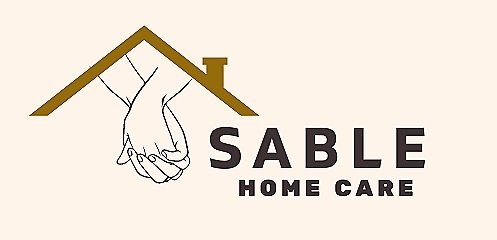Preventing Falls at Home: A Guide for Senior Adults
For senior adults, maintaining the comfort and independence of their own home is a cherished reality. However, with age, physical abilities can change, increasing the risk of falls and injuries. Falls at home are a leading cause of accidents among seniors, but the good news is that many of these accidents can be prevented. In this guide, we'll explore essential steps, modifications, and strategies to help senior adults and their families create a safer living environment, promoting physical well-being and peace of mind.
Introduction
As someone who has experienced falls in their own home, I've gathered this information for my own use, and I want to share it to help others. We'll discuss tips to make your home safer, reduce the risk of falls and injuries, and suggest home modifications to enhance safety. Remember, not everyone needs the same safety precautions, so you can choose what works best for you!
Tips
Reduce Clutter: Keep pathways clear of clutter, loose rugs, cords, and obstacles that can cause tripping hazards.
Regular Exercise: Engage in exercises to improve strength, balance, and coordination. Options include chair exercises, weights, bands, or daily walks.
Good Lighting: Ensure well-lit hallways and staircases. Motion-activated lights can be especially helpful.
Raised Toilet Seat: Invest in a raised toilet seat to make sitting and standing easier.
Shower Safety: Place a stable shower chair or bench in the shower or bathtub to reduce slipping. Install a handheld showerhead for more control.
Medication Management: Use a medication reminder system, like a medication reminder sheet or an app, to keep track of your medications.
Non-Slip Footwear: Wear shoes or slippers with non-slip soles and proper arch support for stability.
Emergency Communication: Ensure a way to call for help, such as a medical alert system or a phone within easy reach.
Home Modifications:
Grab Bars: Install grab bars in the bathroom, near the toilet, in the shower, or along staircases for stability.
Non-Slip Surfaces: Replace slippery flooring with non-slip surfaces, especially in bathrooms and kitchens. Add rubber mats or adhesive strips to existing floors.
Handrails: Install handrails along indoor and outdoor staircases for support.
Widened Doorways: Consider widening doorways to accommodate walkers and wheelchairs for easy movement.
Ramps: Add ramps at entrances to eliminate steps or curbs, reducing tripping hazards.
Handrails in Hallways: Install handrails in areas where extra support while walking is needed.
Lowered Kitchen Cabinets: Lower kitchen cabinets to store frequently used items within easy reach and minimize the need for step stools.
Stairlift: If you have a staircase, consider installing a stairlift for safe movement up and down.
Smart Home Solutions: Explore smart home solutions that allow seniors to control lighting, heating, and security with voice commands or a mobile app.
By implementing these tips and home modifications, you can create a safe and supportive environment for senior adults, enabling them to maintain their independence and enhance their quality of life at home. It's crucial to assess individual needs and seek professional advice from an occupational therapist or home safety advisor for personalized recommendations.
